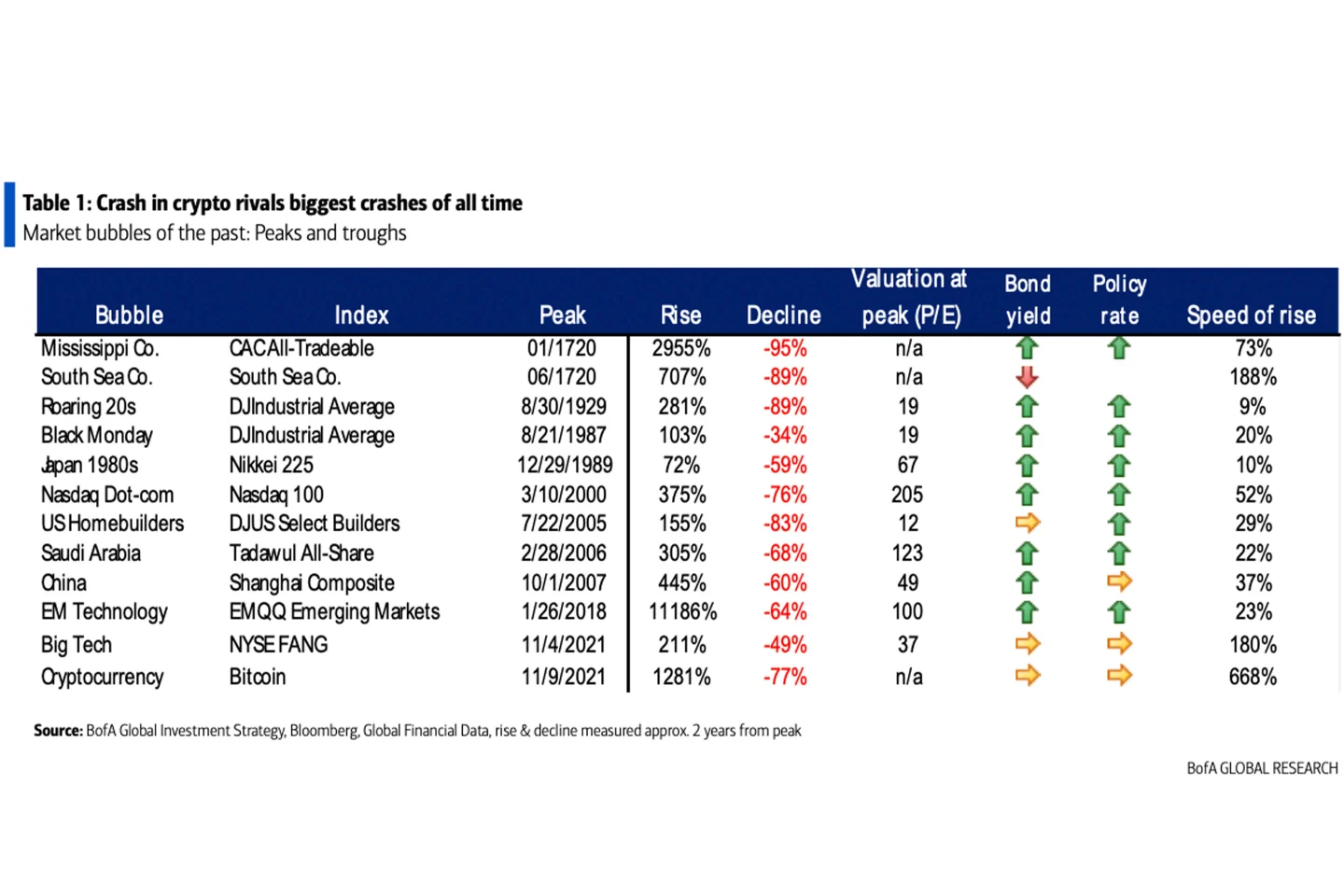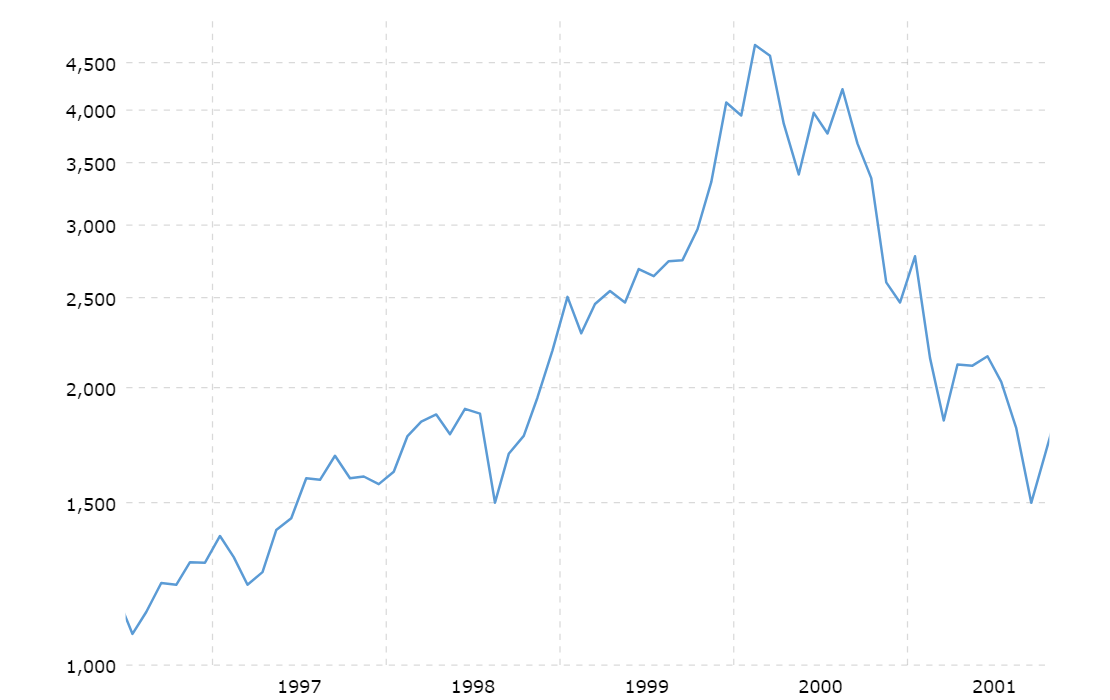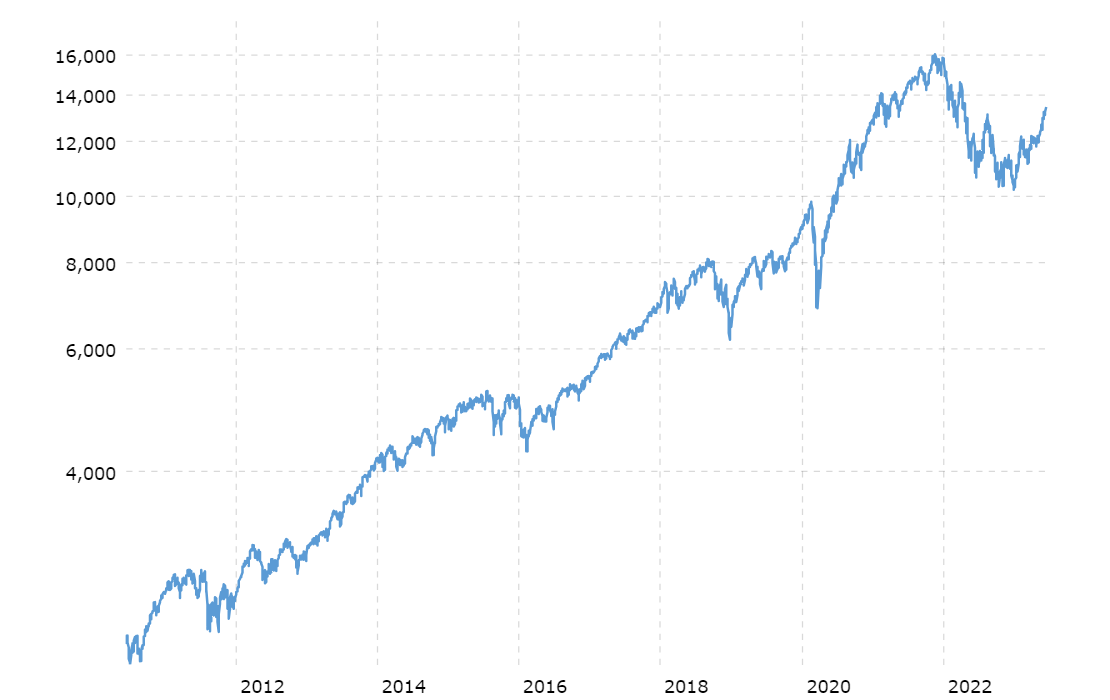How to Build a Sustainable Future for African Startups
 Irhose Apori
Irhose Apori
What comes to mind when you hear the term “startup”? A tech driven and innovative company? An unhealthy reliance on external funding? A rapidly growing venture? I’d say all of the above are core aspects of a startup. In this article, I’ll attempt to put each startup pillar into proper perspective as I paint a picture of the future of the startup ecosystem, if it maintains its current trajectory.
Of course, I’ll proffer solutions to each problem I highlight. The amount of insight and help this article will provide is directly proportional to your objectivity and business acuity.
The Dotcom Bubble

To peer into the future, one needs a deep understanding of the past.
In the late 1990s, there was a rapid rise in U.S. technology stock equity valuations that was fueled by investments in internet-based companies (hence the name dotcom). This period, known as the dotcom bubble, was marked by an unprecedented boom in the tech industry, with many investors eager to get in on the ground floor of the latest internet startup. However, the bubble eventually burst in a spectacular fashion, resulting in a significant market crash and the loss of billions of dollars in investment capital.
The NASDAQ Composite index, which reflects the total value of outstanding shares of companies listed in the NASDAQ stock exchange and is dominated by technology companies, experienced a significant increase during the dotcom bubble. The index rose almost sevenfold, soaring from 743 to 5,048, highlighting the immense growth of the tech industry.
During the dotcom bubble, many investors were convinced that traditional factors used to assess a company's stock value, such as current assets, debts, revenues, profit margins, market share, and cash flow, were not relevant when it came to evaluating the future performance of dotcom companies, especially startups. As a result, investors continued to pour money into debt-ridden companies that had no realistic chance of generating profits. This overconfidence, often referred to as "irrational exuberance," caused dot-com company shares to be priced far above the values that traditional assessment factors would have justified.
However, as with all financial bubbles, the dot-com bubble eventually burst. In early 2000, spurred by a modest increase in interest rates announced by the U.S. Federal Reserve to counter inflationary pressures, investors began selling off their holdings in dotcom companies in a panic. From March 2000 to October 2002, the NASDAQ plummeted from 5,048 to 1,139, wiping out nearly all of its gains from the dot-com bubble. By the end of 2001, most publicly traded dot-com companies had failed.
Despite its short-lived nature, the dotcom bubble had a lasting impact on the tech industry and the wider economy, serving as a cautionary tale about the dangers of investing in hype-driven markets.
Recent history has shown that the dotcom tale wasn’t cautionary enough, as in 2022, we witnessed an even bigger wipeout—the 5th biggest financial wipeout in history, bigger than the dotcom crash—when investors and founders alike fueled a hype driven monumental crash in the cryptocurrency market.


Courtesy of Macrotrends
The graph shows the steep incline and abrupt decline that characterized the dotcom bubble. The Y-axis shows the NASDAQ composite yearly highs and the X-axis shows the time frame.
The bursting of the cryptocurrency bubble left little to no cautionary warnings in the minds of founders and investors because we’re well on our way to perhaps the biggest financial crash in modern history—the bursting of the series funding bubble.

Courtesy of Macrotrends
This graph shows the steep incline that characterizes the current bull run that the series funding bubble is enjoying. The Y-axis shows the NASDAQ composite yearly highs and the X-axis shows the time frame.
The Current Situation
African startups seeking funding tend to incorporate their headquarters in the U.S. to attract both foreign and local investment. This implies that market forces and government policies in the United States could send ripples across Africa.
The pillars of the modern startup ecosystem, in descending order of influence, are governments, funders, and founders.
Governments do their best (or worst, depending on where you are) to support the growth of startups. However, startups are just one aspect of the economy and no matter how large their contribution to GDP, governments cannot support startups at the expense of other critical sectors.
Startups can expect government support to the extent that their needs align with national economic interests.
Funders, mainly Venture Capitalists, exert the most dynamic influence on the startup ecosystem. Without external funding, many startups won’t scale and without rapid growth, startups get left behind due to stiff competition and advances in technology. The role funders play in stewarding the growth of startups is crucial, but the way funding is currently structured is such that founders are programmed to seek exits at IPOs and acquisitions more than to build legacies.
The problem this immediately poses is that founders build functional debt-ridden entities that are more desirable to investors and M&A firms than they are to customers and employees. This means that debt and liabilities can be overlooked as long as founders can develop their functional entities into purchasable brands.
This begs the question, are funders not wary of the risks associated with investing in startups?
Simple answer, they are. The technical answer is the greater fool theory. The greater fool theory is a trading strategy in which investors make risky investments by betting on a “greater fool” to buy their stake in an investment at a higher valuation than they got it. The engine of this strategy is speculation based on irrational exuberance.
There certainly is no shortage of “greater fools” as more inexperienced investors (formerly founders) continue to invest in startups that lack fundamentals—paying little to no attention to due diligence—as a way of giving back, while inadvertently thinning the bubble.
History has shown us that the bigger and more exciting a bubble is, the more devastating the effects of a burst will be. It’s an interesting conundrum if you ask me.
I’m not calling for founders to ignore funding rounds, that’d be absurd. Rather, I’m hoping that by reviewing the information I’ve provided, founders can begin to think differently about their business strategies, risks, and dependencies. Long-term sustainability can be achieved through solid plans for profitability, an adaptable business strategy, and continuous value offerings. Series rounds are a means to an end. A means, that frustrates founders who build solely on the foundation of external funding.
How Can Startups Survive a Market Crash?

There are several ways to mitigate the coming crash. I curated this list by studying startups like Amazon, Google, and eBay, that survived the dotcom crash.
1. Create a Long-term Brand Strategy
Don’t be sentimental about what you’re building. A strong founder vision is important, but don’t let it impair your gumption. You must be able to balance vision with pragmatism. To achieve such a balance, you lean on a cohesive brand strategy that uses demand generation and creative marketing strategies to nurture loyal customers and build a system.
Your brand strategy should be far reaching and flexible. Be ready to pivot either a part or the entirety of your business in the event of a market crash. This will also be useful in the event of a pandemic, displacement from a sudden advancement in tech (like AI), or if there’s an unfavorable government policy, like the cryptocurrency ban in Nigeria. This is way easier said than done, so it requires contingency plans to be laid out early enough in the startup process.
Pay attention to inventive initiatives such as proprietary tech and interoperability
2. Diversify and Expand Early
As early as you can afford it, diversify your startup. Of course, not drastically. Explore value-added services and products that can someday be monetized. In the same vein, consider expanding into other markets across the country and the world as soon as you have the financial might and marketing prowess to do so. This will help insulate you from the effects of a government policy (like the modest increase in interest rates that precipitated the dotcom crash).
3. Think Like a Trader
It’s only in the startup ecosystem that debt funding is celebrated more than actual profitability. Do you remember the last startup that published a feature article about its profits? Neither do I.
Most startup founders can’t dream of getting reasonable loans from banks because they lack the assets and business integrity needed to secure such stable funding. If you want to survive economic downturns, you should think like a trader.
Traders are focused on profitability, retained earnings, and cash flow numbers. They pay attention to building business integrity, which makes it easy for them to get loans from commercial banks (unlike startups) in adverse seasons, or for expansion. It’s no surprise why trading (of various kinds) has been a sustainable business model since the stone age.
4. Don’t Get Carried Away
The allure of fast growth comes with the temptation to spend lavishly on yourself and your business. Self-centeredness and an abject loss of focus also accompany lavish spending. You should bear in mind that rapid growth doesn’t always translate to profits or positive cash flow metrics.
Your first thought after raising funds should be to improve profit making mechanisms by increasing product efficiency, reducing customer acquisition cost, attending to inventive initiatives like proprietary tech and interoperability, and creating or improving your moat.
Final Thoughts
African startups are experiencing a spike in venture capital funding. Investors are bullish on the growth potential of tech startups in Africa. Several African startups have received large funding rounds of over $100 million in 2021, signaling a funding boom for the region. However, I worry this rapid growth has created a series funding bubble caused by overvaluation, unrealistic growth expectations, and speculations.
How else can one explain why Opay, a 5-year-old Nigerian fintech is valued at $2 billion, 7 times more than Nigeria's most valuable banking brand, Zenith Bank (with a $287 million valuation)?
When the bubble bursts, it may lead to widespread layoffs, shutdowns, and massive investor losses. While funding is good for the overall tech ecosystem, startups and investors need to show discipline and invest in sustainable business models to avoid the pitfalls of a speculative bubble.
If you'd like to hear more about startup strategy, you can follow me on Twitter
Or on LinkedIn, where I post stuff like this
Subscribe to my newsletter
Read articles from Irhose Apori directly inside your inbox. Subscribe to the newsletter, and don't miss out.
Written by

Irhose Apori
Irhose Apori
I'm a creative brand storyteller and content marketer. I enjoy helping B2B SaaS companies to communicate their unique values to high-intent audiences.